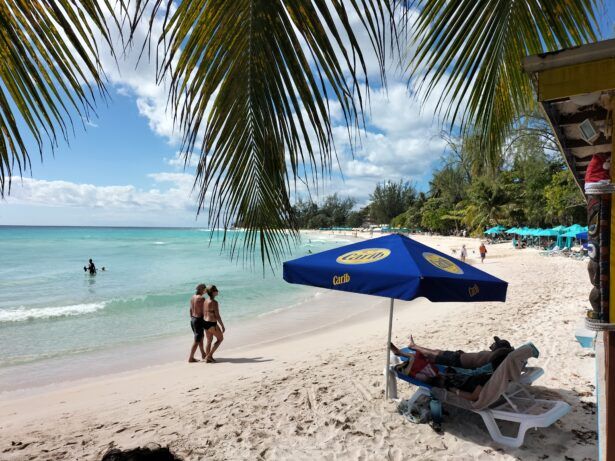Openness to Cross-Border Relationships
Long-term travelers frequently engage in relationships that span different cities or countries. A study by Dating.com found that 71 percent of participants had been in a relationship with someone residing in another country. Similarly, 57 percent expressed openness to long-distance relationships, particularly when travel schedules aligned. These numbers suggest a higher willingness among travelers to maintain connections beyond traditional geographic boundaries.
For many, dating becomes part of the itinerary. Forty-four percent of single women and 54 percent of single men expressed interest in meeting a romantic partner while traveling. Popular destinations like Phuket and Costa Rica were frequently cited as places to find romantic connections.
Choosing Relationship Styles That Fit a Nomadic Life
Long-term travelers often adopt unconventional relationship models that align with their itinerant lifestyles. Some choose open relationships or non-monogamous arrangements, allowing them to form connections in different locations without long-term commitments. Others prefer structured yet flexible dynamics, such as a long-distance partnership with scheduled reunions. These choices reflect a practical approach to dating that prioritizes connection while acknowledging the reality of constant movement.
For those seeking stability, options range from maintaining relationships across borders to engaging with forward-thinking dating platforms. Some explore relationships like polyamory, long-term casual relationships, or even opt to find a sugar daddy, recognizing that different relationship structures can suit different lifestyles.
Rapid Relationship Development
The nature of travel accelerates relationship timelines. Short stays in a location encourage an expedited courtship, leading to deeper emotional connections within a compressed timeframe. These relationships, sometimes called “destination relationships,” build intensity quickly, but their longevity remains uncertain. Once a traveler moves to the next destination, maintaining the same level of emotional engagement becomes difficult.
Nomadic Matt, a travel blogger, describes past relationships that began in Cambodia and Australia. These connections were meaningful but ended when either he or his partner continued their journey elsewhere. His experiences highlight a common pattern where the depth of emotion is counterbalanced by the inevitability of departure.
Technology as a Dating Tool
Modern dating platforms make international and long-distance relationships more accessible than before. Features like video calls, artificial intelligence-driven matchmaking, and even virtual reality interactions allow travelers to stay connected with partners from previous locations. Dating.com data shows that online interactions between American men and women from Colombia, Canada, Spain, Greece, Italy, and Brazil increase significantly during peak travel seasons.
Maintaining long-distance relationships requires consistency in communication. Some couples follow structured approaches, such as a scheduled video call routine or a “two-week rule,” ensuring that they do not go too long without reuniting in person. Celebrity couples like Meghan Markle and Prince Harry have successfully managed long-distance periods by adhering to similar principles.
Cultural and Social Considerations
Cross-cultural relationships flourish among long-term travelers. Engaging in romantic relationships with people from different backgrounds provides a window into different customs, traditions, and perspectives. However, these relationships demand adaptability. Miscommunications arise when partners interpret behaviors differently based on cultural norms. The willingness to navigate these differences plays a role in determining the longevity of these connections.
Many Americans voice dissatisfaction with local dating prospects, citing a lack of variety. Among them, 30 percent express an interest in meeting international partners and learning new languages to enhance communication with romantic prospects from other countries.
Long-Term Viability and Practical Constraints
Despite the initial intensity of traveler relationships, maintaining them requires lifestyle adjustments. The perpetual movement of long-term travelers creates logistical challenges. One partner must eventually make a decision to relocate or alter their travel patterns for the relationship to transition into something stable.
Some travelers engage in “seasonal relationships,” which begin and end within the timeframe of a trip. Others explore alternative arrangements, such as open relationships or agreements to reunite periodically. The success rate of long-distance relationships varies, but research suggests that about 60 percent of couples in these situations manage to maintain their connection.
Relationships formed on the road differ not only in structure but also in purpose. Some seek companionship for a period, while others test the potential for something more enduring. The outcomes depend on alignment in travel goals, expectations, and the ability to maintain emotional connection despite geographic distance.


